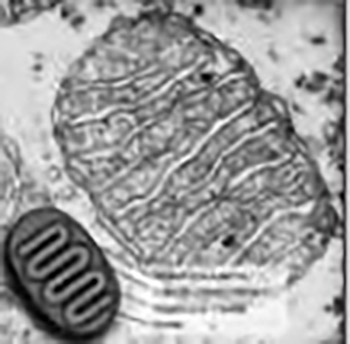Mitochondrial medicine - a key to solve pathophysiology of 21 century diseases
DOI:
https://doi.org/10.17305/bjbms.2002.3580Keywords:
mitochondria, mtDNA, mitochondrial diseasesAbstract
Over the past 13 years mitochondrial defects have been involved in wide variety of degenerative diseases - Parkinson disease, Alzheimer dementia, arteriosclerosis, ageing and cancer. Mitochondria are believed to control apoptosis or programmed cell death. Disturbance in mitochondrial metabolism has also been implicated in many common diseases such as congestive hart failure, diabetes and migraine. Scientific investigations have showed complexities in mitochondrial genetics, but at the same time, pathophysiology of mitochondrial diseases is still enigma. Mitochondria and their DNAs are opening the era of "mitochondrial medicine". What we today call "a mitochondrial medicine" is only a part of the whole panorama of diseases based on disordered mitochondrial function.
Citations
Downloads

Published
How to Cite
Accepted 2018-05-06
Published 2008-02-20









